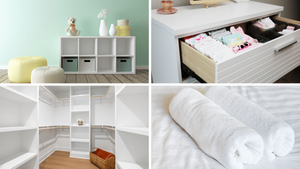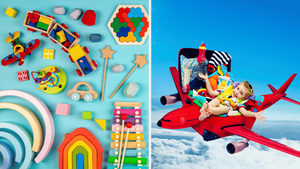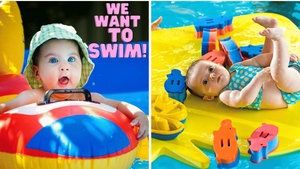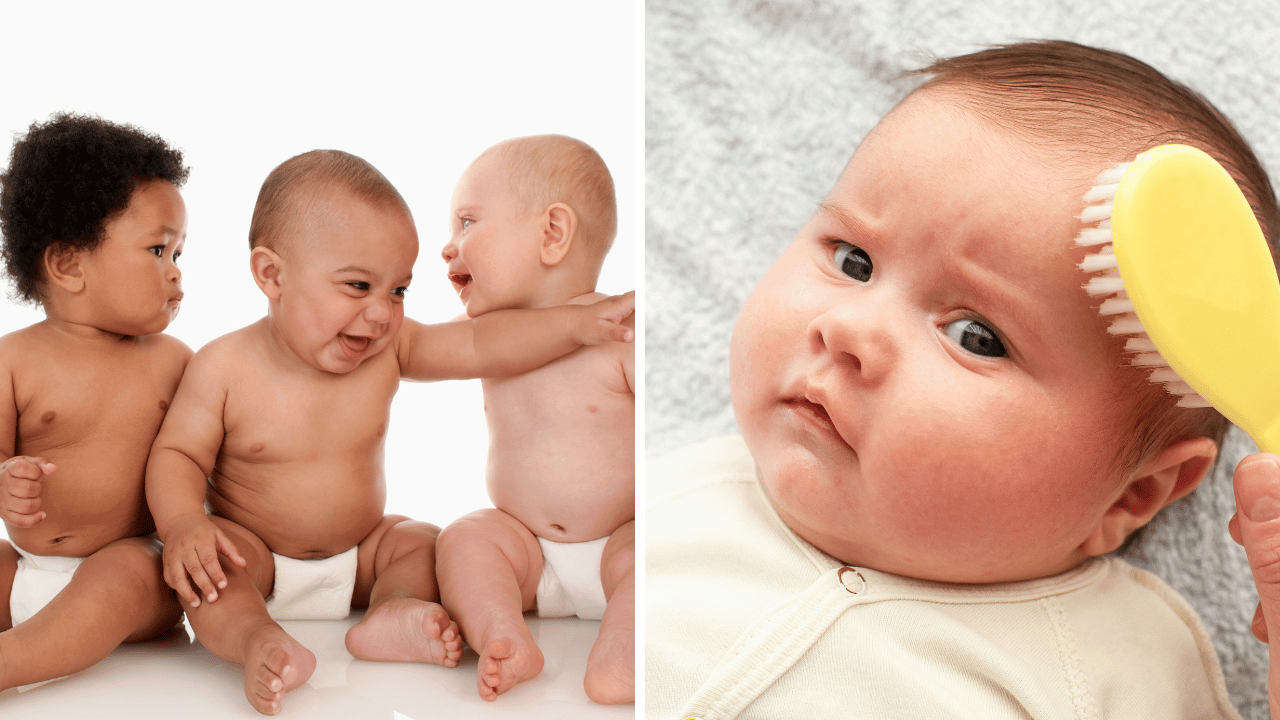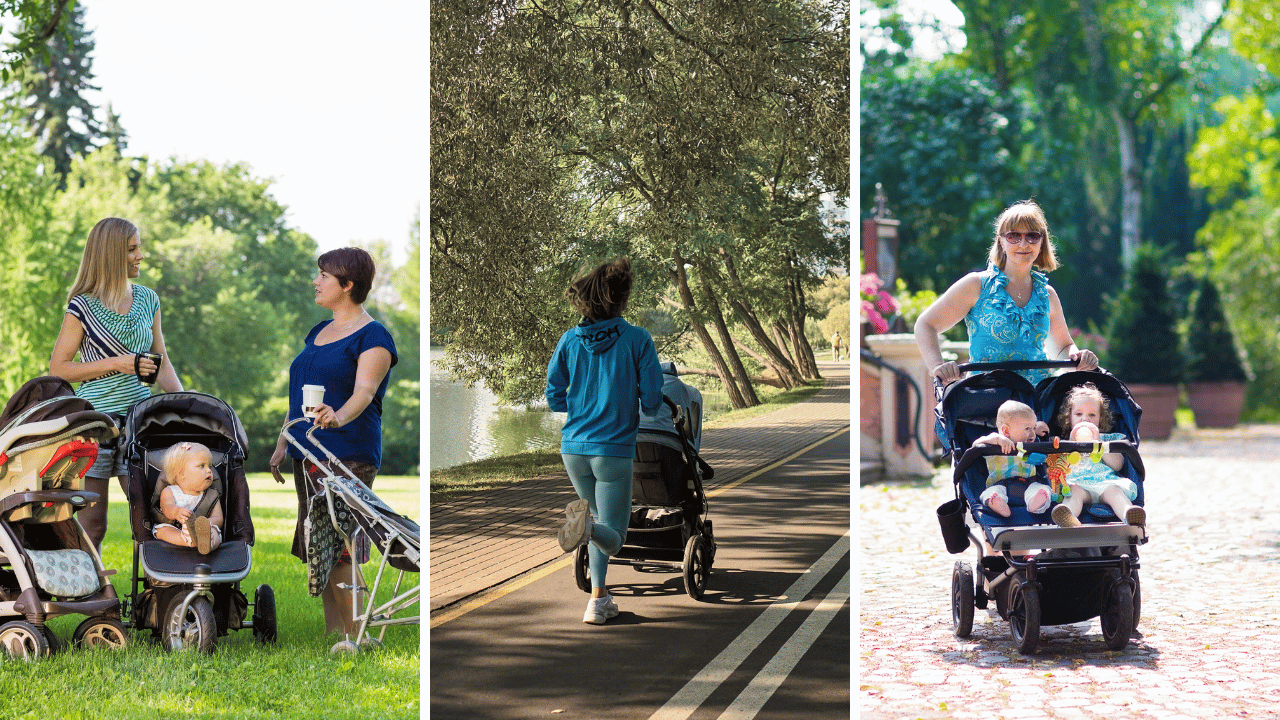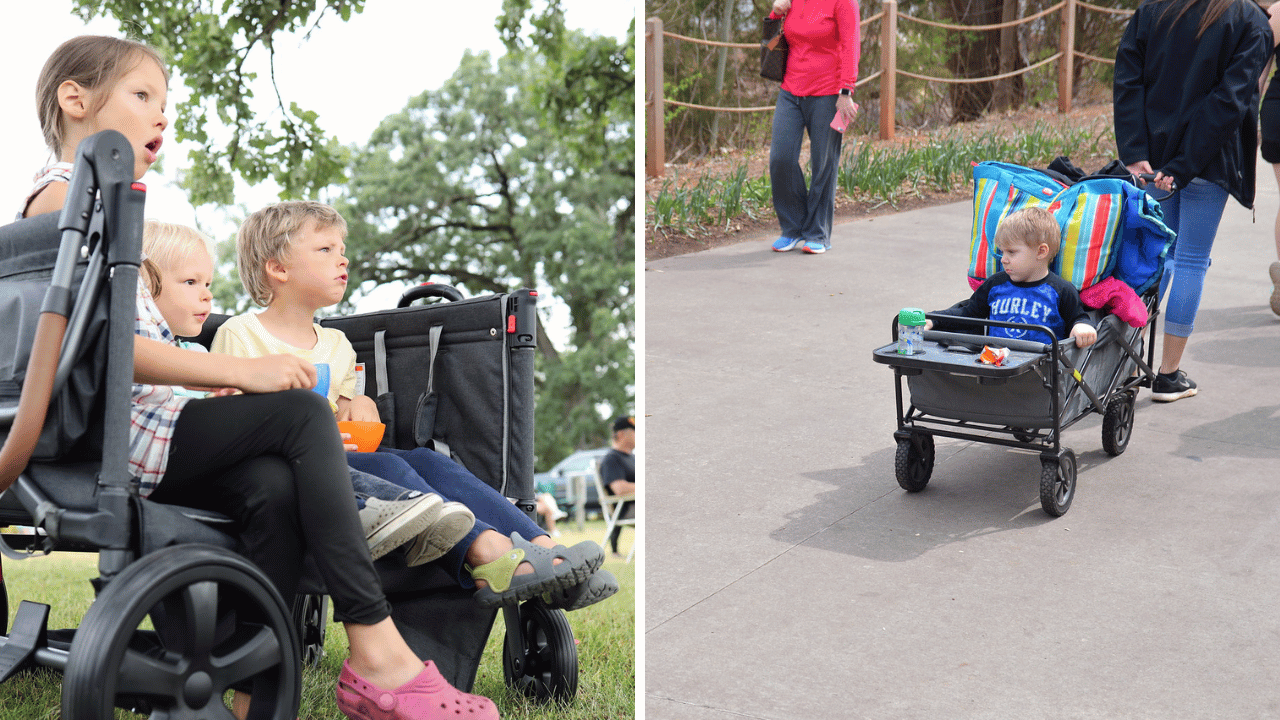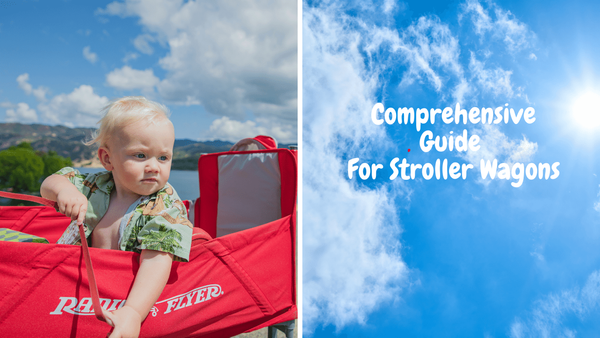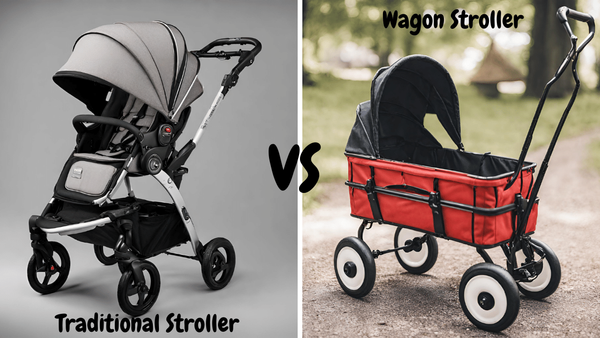A Parent's Guide To Pacifier Lifespan And When To Switch To A New One
Are you noticing that your little one’s pacifier isn't lasting as long as it used to? You’re not alone; many parents find themselves asking, “How long do pacifiers last?”
With so much conflicting advice online and varying opinions from other parents, it can be a challenge to know when the best time is to switch out an old one for a new one. Don't worry - here's a parent's guide to the lifespan of pacifiers and knowing when it's time for an upgrade.
How long do pacifiers last?
The lifespan of a pacifier can vary greatly depending on the material used to construct it, how well it is cared for, and how often it is used. Generally speaking, most pacifiers are constructed from either rubber, silicone, or hard plastic.
Rubber pacifiers tend to last around 3-6 months before needing replacement due to wear and tear; however, if your child is an aggressive chewer, it is likely that the pacifier will need to be replaced sooner.
Silicone pacifiers tend to last around 6-12 months and can stand up better to a more aggressive chewing style.
Hard plastic pacifiers have an even longer shelf life, lasting 12-18 months depending on usage.
The best way to determine when it's time for a new pacifier is to look for signs of wear and tear. If the shape has become distorted, it’s likely that the pacifier needs to be replaced as soon as possible.
Also, take a look at the nipple – if it’s been chewed on too much or is beginning to crack, it's time for an upgrade.
If you’re unsure of when to switch out your little one’s pacifier for a new one, don’t hesitate to consult with their pediatrician. They can provide additional insight into the situation and help you make an informed decision.
Additionally, always remember to clean any pacifier that your child is using on a regular basis to help ensure their safety and well-being. With these tips in mind, you'll be sure to select the perfect pacifier for your little one.
Understanding the Lifespan of Pacifiers and When to Replace Them
Knowing the lifespan of pacifiers and when to switch out an old one for a new one is no easy task. However, with this guide in mind, you’ll be able to ensure that your child has a safe and comfortable pacifier at all times.
Be sure to inspect it regularly for signs of wear and tear, consult with your pediatrician if you’re unsure, and always remember to keep it clean! With these tips in mind, you’ll be sure to select the perfect pacifier for your little one.
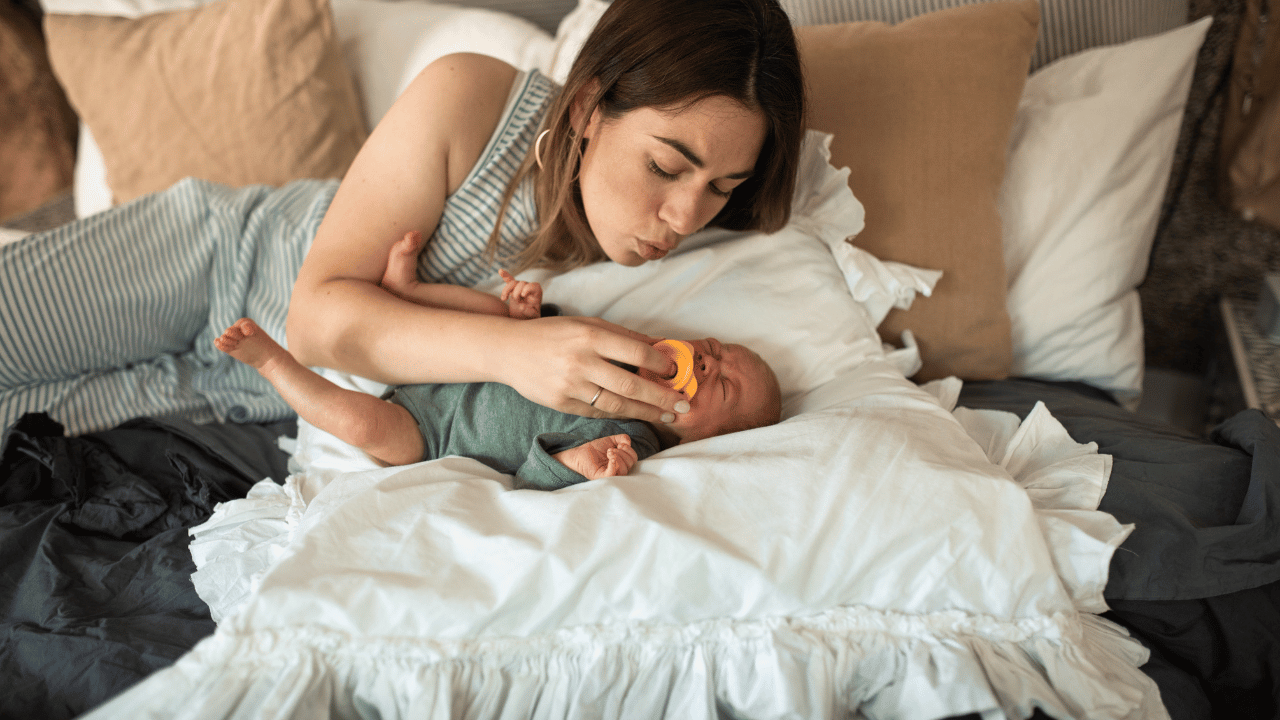
The Benefits of Using Pacifiers to Soothe Babies
Pacifiers are great for soothing and calming babies. They help to reduce the risk of Sudden Infant Death Syndrome (SIDS), promote healthy oral development, and provide comfort during times of distress.
It’s important to remember that pacifiers should be used only when necessary and should not be used as a substitute for parental attention or affection. Additionally, never tie a pacifier to a baby's clothing or attach it around their neck – this can be dangerous and potentially cause strangulation.
How to Tell When a Pacifier Is Worn Out or Unsafe
It’s important to inspect your child’s pacifier regularly for signs of wear and tear. A worn out or cracked nipple can be dangerous and potentially cause injury; therefore, it should be immediately replaced.
Additionally, if the shape of the pacifier has become distorted or misshapen, this is a sign that it needs to be switched out for a new one. It’s also important to remember that pacifiers should be replaced every three to six months, or sooner if they are being used aggressively.
By following these guidelines, you can ensure that your child has a safe and comfortable pacifier at all times.
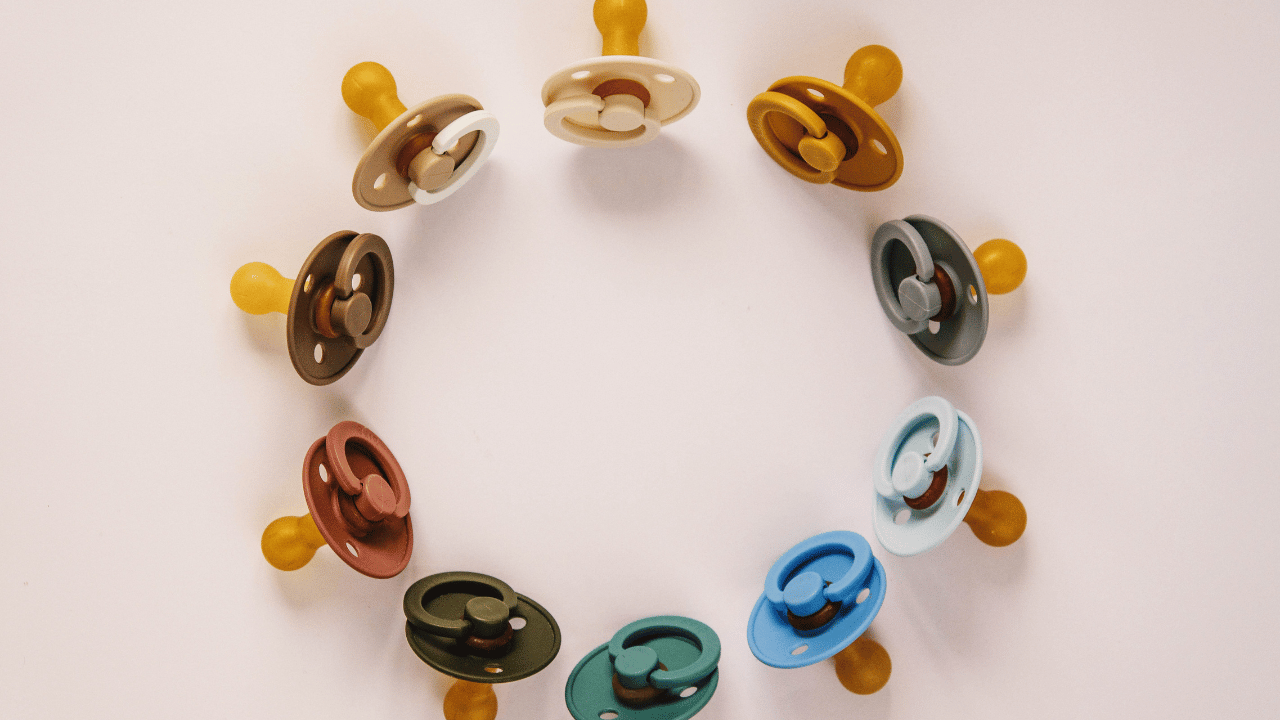
Different Types of Pacifiers and Which is Best for Your Baby
Pacifiers come in a variety of shapes, sizes, and materials. It’s important to choose the one that is best suited for your little one’s needs and preferences. Generally speaking, pacifiers made from rubber are best for younger babies with more gentle sucking habits; whereas, silicone or hard plastic pacifiers are better for older babies who have more aggressive chewing styles.
Additionally, it’s important to remember that some pacifiers are designed to fit into the base of a bottle and can help promote healthy oral development.
Cleaning Tips for Keeping Pacifiers Safe and Sanitary
In order to ensure the safety and cleanliness of your child’s pacifier, it’s important to keep it clean. Pacifiers should be washed in hot soapy water after each use or rinsed with warm water if necessary.
Additionally, they can be boiled for five minutes and then air-dried on a clean surface. Never soak a pacifier in disinfectant solutions as this can make it unsafe for your little one to use.
Making the Switch to a New Pacifier without Disturbing Baby's Sleep
Making the switch to a new pacifier can be difficult, especially if your little one is used to their old one. It’s important to make the transition slowly and not rush it.
Begin by introducing the new pacifier gradually during awake times and eventually introduce it at bedtime as well. Additionally, always ensure that both pacifiers are available so that your child can choose which one they prefer.
How Long Do Pacifiers Last FAQs
Can pacifiers last forever?
No, unfortunately, pacifiers are not built to last forever. After a certain amount of time, the material may become brittle and start to show signs of wear and tear, such as cracks or discoloration. Additionally, if your baby sucks on the pacifier for too long it can cause dental issues in the future. It's important to replace the pacifier frequently to ensure that your baby is safe and comfortable.
How often should I replace my baby's pacifier?
It's recommended that you replace your baby's pacifier every few months or when it shows signs of wear and tear. It's also important to remember that babies tend to lose interest in their pacifiers over time, so if you notice that your baby is no longer using the pacifier, it may be time to look for a new one.
Are all pacifiers created equal?
No, in fact, there are a variety of different types of pacifiers available on the market today. It's important to do your research and find one that best meets the needs of your baby based on their age, mouth size, and other factors. Additionally, make sure to check the reviews on any particular pacifier you're considering so that you can get a better idea of its durability and reliability.
Final Thoughts
In conclusion, when deciding how long a pacifier should last, it’s important to consider the age and size of the child. Properly caring for your baby’s pacifier will make it last longer and reduce the chances of exposing your baby to bacteria.
A good rule of thumb is to replace them every six months, or as soon as you start to notice any tears or holes in it. Remember that safety should always be your first priority when purchasing a new pacifier for your child.
Do some research on different types and materials before making a purchase so you’re sure that it will meet all safety guidelines. Above all else, take comfort in the fact that this is only one stage in parenting — one day your child won’t need their pacifier anymore! So if you have any further questions such as How long do pacifiers last? Don't feel shy to ask an expert or go over our guideline again.


